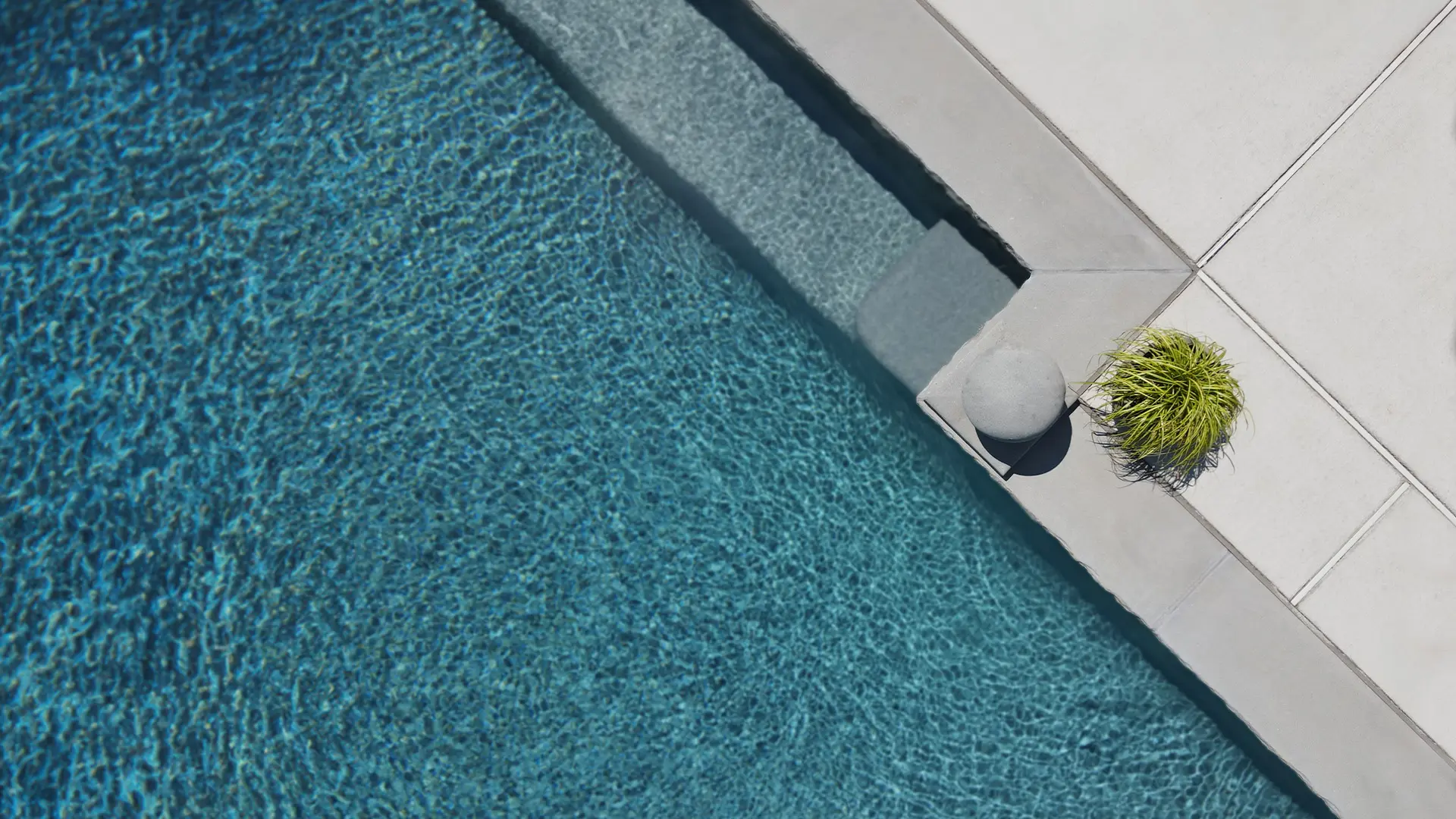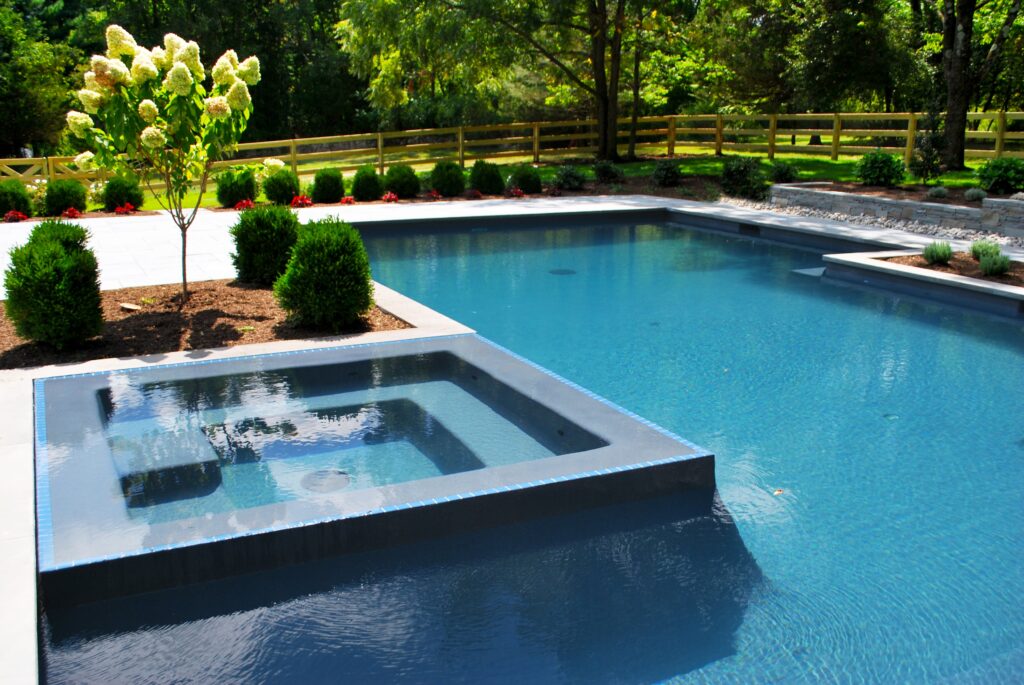Why Plaster Doesn’t Last (and What to Use Instead)

Tired of cracked or stained pool surfaces? Plaster often breaks down fast, especially in pools. This post will show why plaster does not last long and what you can o to get a better surface for your swimming pool.
Key Takeaways
- Plaster breaks down fast in pools because it cannot handle pool chemicals, water pressure, or weather changes.
- Cracks and chips form easily in plaster. These can cause sharp surfaces, leaks, stains, and higher repair costs for homeowners.
- Water damage grows over time if broken plaster is not fixed quickly. This leads to bigger problems inside pool walls and floors.
Why Plaster Fails in Pools
Plaster often cracks and chips in pool settings because of changes in water chemistry. Harsh pool chemicals, like chlorine, can break down plaster over time. Water pressure also pushes against the surface and causes tiny holes, or pits.
Constant wetting and drying weakens plaster’s bond with concrete below. Hot sun dries out unsealed spots quickly; then water seeps into these areas when the pool is full again. This cycle leads to peeling, stains, or rough patches on the walls.
Owners spend more on surface treatment and maintenance just trying to keep things smooth—plaster simply does not offer long-lasting durability as a construction material for pools.
Consequences of Plaster Failure
Cracks form fast as plaster breaks down, making pool surfaces rough and unsafe. Water leaks through weak spots, leading to bigger repair bills. Stains spread where the surface fails, showing ugly marks that don’t wash away. Structural problems grow over time because water eats at walls and floors below the surface treatment.
Home renovation projects drag out longer if damage reaches deeper layers of construction material inside pools and walls alike—slowing every wall installation or finish update planned ahead.
The Superior Alternative to Plaster

If you don’t want to deal with cracked, stained, or rough plaster, you don’t have to. By applying aquaBRIGHT over the plaster surface, you can get a smooth, durable, and luxurious finish for your pool.
Unlike plaster, aquaBRIGHT doesn’t chip, peel, or stain easily. Its strong bond resists damage from harsh pool chemicals, sun exposure, and constant water pressure. The result is a surface that not only lasts much longer but also requires far less maintenance.
aquaBRIGHT also gives your pool a modern, high-end look. Available in a wide range of vibrant colors, it transforms an ordinary pool into a beautiful centerpiece with a smooth surface swimmers love. By upgrading to aquaBRIGHT, you get both strength and style—without the hassle and expense of frequent plaster repairs.
Conclusion
Plaster may look nice, but its durability can let you down. It cracks and peels over time and leads to costly repairs and more work for homeowners. Instead of settling for a plaster surface, try aquaBRIGHT from ecoFINISH; it’s an all-around luxury upgrade for your pool.
